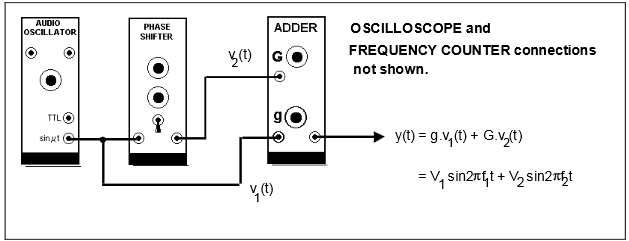mkforlife10
Member
If the output of this figure below has been minimized. What might happen to this minimum if the frequency of the AUDIO OSCILLATOR was changed (say by 10%)?

Thanks for help

Thanks for help
Follow along with the video below to see how to install our site as a web app on your home screen.
Note: This feature may not be available in some browsers.

